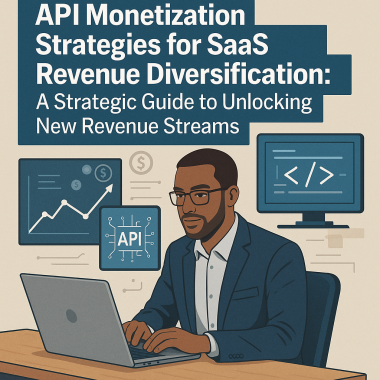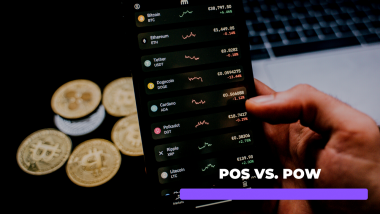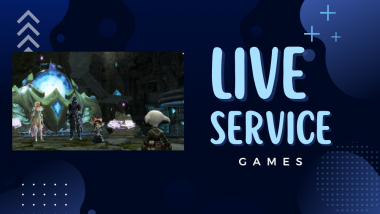Indie game development is an exciting but challenging field. While creating a great game is important, it’s also essential to get your game in front of players. Steam is the most popular distribution platform for PC games, but there are other channels to consider as well. In this article, we will explore 10 possible distribution channels for a Steam desktop game and discuss strategies to increase in-game purchases.
Possible Distribution Channels for a Steam Desktop Game
- GOG.com
GOG.com is a digital distribution platform for video games and movies, operated by GOG Ltd., a subsidiary of CD Projekt. GOG is known for its collection of classic and retro games, but it also features a variety of newer titles. The platform is also DRM-free, which is a significant draw for some players.
- Epic Games Store
Epic Games Store is a digital storefront for video games operated by Epic Games, the company behind Unreal Engine and Fortnite. It offers a curated selection of games and features exclusive titles. One of the primary benefits of the Epic Games Store is its developer-friendly revenue split, which gives developers 88% of the revenue from sales.
- Humble Bundle
Humble Bundle is a digital storefront for video games, books, and software. The platform is known for its “pay what you want” bundles, where users can pay as little or as much as they want for a selection of games. Developers can also sell their games individually on the platform.
- Itch.io
Itch.io is a digital distribution platform for indie games, primarily focused on the PC market. The platform allows developers to sell their games directly to players, with the option to set their prices and take a smaller commission than other platforms.
- Microsoft Store
The Microsoft Store is the built-in app store for Windows 10, offering a range of applications, including games. While it’s not as popular as Steam, it still offers a large audience and access to features such as Xbox Live integration.
- Origin
Origin is a digital distribution platform for video games, operated by Electronic Arts. While it’s primarily focused on EA titles, it also features a selection of third-party games.
- Uplay
Uplay is a digital distribution platform for video games, operated by Ubisoft. It primarily features Ubisoft titles, but it also offers a selection of third-party games. One of the primary benefits of Uplay is its rewards program, where players can earn in-game currency and other perks by playing Ubisoft games.
- Discord Store
Discord Store is a digital distribution platform for video games, operated by Discord, the popular chat app for gamers. The platform offers a curated selection of games and features integration with the Discord app, allowing players to chat with friends while playing.
- Game Jolt
Game Jolt is a digital distribution platform for indie games, featuring a large collection of free and paid games. The platform is also known for its community features, including forums, developer tools, and game jams.
- Kartridge
Kartridge is a digital distribution platform for indie games, operated by Kongregate. The platform is designed to be developer-friendly, offering a 90/10 revenue split in favor of developers. It also features a curation system to help players discover new games.
Increasing In-Game Purchases
In-game purchases are a critical source of revenue for indie game developers. Here are some strategies to increase in-game purchases:
- Offer Incentives
Offering incentives, such as discounts or exclusive content, can encourage players to make in-game purchases. You can also offer limited-time sales or bundle deals to entice players to make purchases.
- Make Purchases Easy and Convenient
Making in-game purchases easy and convenient for players can increase the likelihood of them making purchases.
Ensure that the purchase process is straightforward and that players can easily access the in-game store.
- Implement Microtransactions
Microtransactions are small purchases made within the game and can be an effective way to increase in-game purchases. Offering virtual currency or items that can be purchased for a small fee can encourage players to make purchases.
- Offer In-Game Rewards
Offering in-game rewards, such as bonus content or exclusive items, can incentivize players to make purchases. Ensure that the rewards are valuable and desirable to players.
- Collect and Analyze Data
Collecting and analyzing data, such as player behavior and purchasing patterns, can provide valuable insights into how to improve your in-game store and increase in-game purchases. Use this data to optimize pricing and promotional strategies.
- Create Compelling Content
Creating compelling content, such as new levels or characters, can encourage players to make in-game purchases. Ensure that the content is high-quality and relevant to the game.
- Use Social Media
Social media can be a powerful tool to promote your in-game store and increase in-game purchases. Use platforms such as Twitter and Facebook to announce new content or promotions and engage with your audience.
- Offer Seasonal Content
Offering seasonal content, such as holiday-themed items or events, can create a sense of urgency and encourage players to make purchases. Ensure that the seasonal content is relevant to your game and audience.
- Leverage Influencers
Working with influencers, such as YouTubers or Twitch streamers, can help promote your game and increase in-game purchases. Ensure that the influencers you work with are a good fit for your game and audience.
- Offer Bundles
Offering bundles, such as a package of virtual items or DLC, can be an effective way to increase in-game purchases. Ensure that the bundles offer value to players and are relevant to your game.
Conclusion
Indie game developers face many challenges in getting their games in front of players, but there are several distribution channels to consider beyond Steam, such as GOG, Humble Bundle, and Itch.io. Each platform offers unique features and benefits, and it’s essential to research and choose the platform that best suits your game and audience. In-game purchases are a critical source of revenue for indie game developers, and implementing strategies such as offering incentives, making purchases easy and convenient, implementing microtransactions, offering in-game rewards, collecting and analyzing data, creating compelling content, using social media, leveraging influencers, and offering bundles can help increase in-game purchases and the success of your game.






